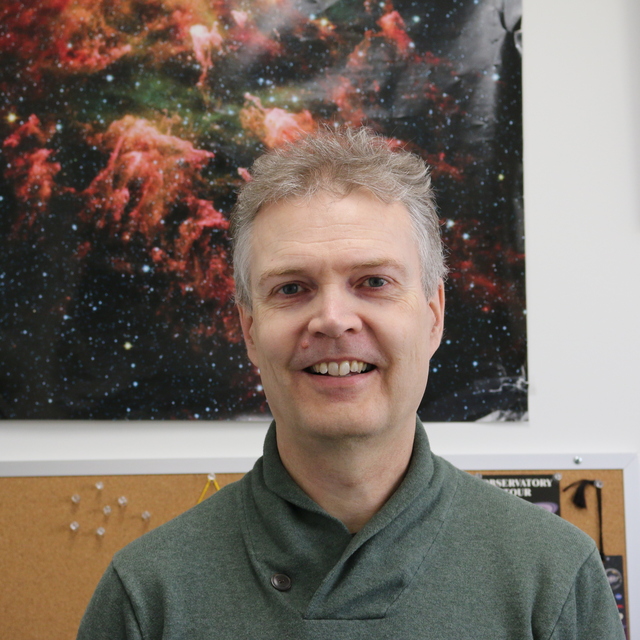January
2012
•
2012ApJ...745...34M
Authors
•
Moffett, Amanda J.
•
Kannappan, Sheila J.
•
Baker, Andrew J.
•
Laine, Seppo
Abstract
•
We have identified 15 extended ultraviolet (XUV) disks in a largely field sample of 38 E/S0 galaxies that have stellar masses primarily below ~4 × 1010 M ⊙ and comparable numbers on the red and blue sequences. We use a new purely quantitative XUV-disk definition designed with reference to the "Type 1" XUV-disk definition found in the literature, requiring UV extension relative to a UV-defined star formation threshold radius. The 39% ± 9% XUV-disk frequency for these E/S0s is roughly twice the ~20% reported for late-type galaxies (although differences in XUV-disk criteria complicate the comparison), possibly indicating that XUV disks are preferentially associated with galaxies experiencing weak or inefficient star formation. Consistent with this interpretation, we find that the XUV disks in our sample do not correlate with enhanced outer-disk star formation as traced by blue optical outer-disk colors. However, UV-Bright (UV-B) disk galaxies with blue UV colors outside their optical 50% light radii do display enhanced optical outer-disk star formation as well as enhanced atomic gas content. UV-B disks occur in our E/S0s with a 42+9 -8% frequency and need not coincide with XUV disks; thus their combined frequency is 61% ± 9%. For both XUV and UV-B disks, UV colors typically imply <1 Gyr ages, and most such disks extend beyond the optical R 25 radius. XUV disks occur over the full sample mass range and on both the red and blue sequences, suggesting an association with galaxy interactions or another similarly general evolutionary process. In contrast, UV-B disks favor the blue sequence and may also prefer low masses, perhaps reflecting the onset of cold-mode gas accretion or another mass-dependent evolutionary process. Virtually all blue E/S0s in the gas-rich regime below stellar mass M t ~ 5 × 109 M ⊙ (the "gas-richness threshold mass") display UV-B disks, supporting the previously suggested association of this population with active disk growth.
Links




